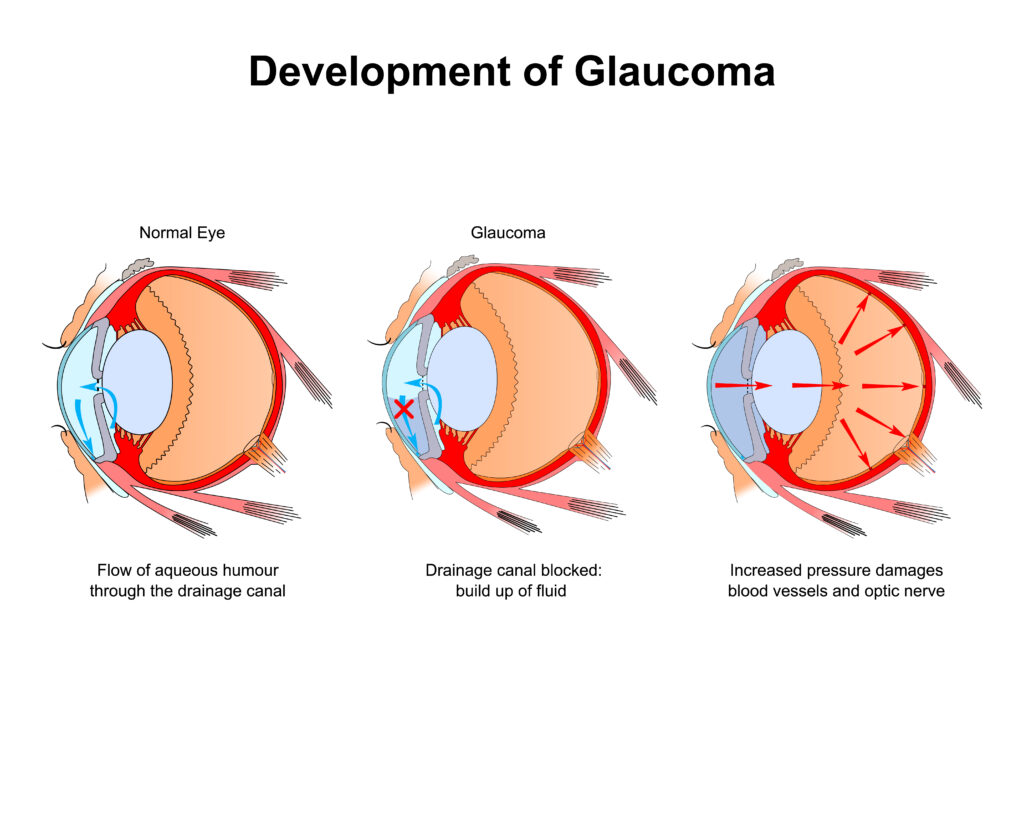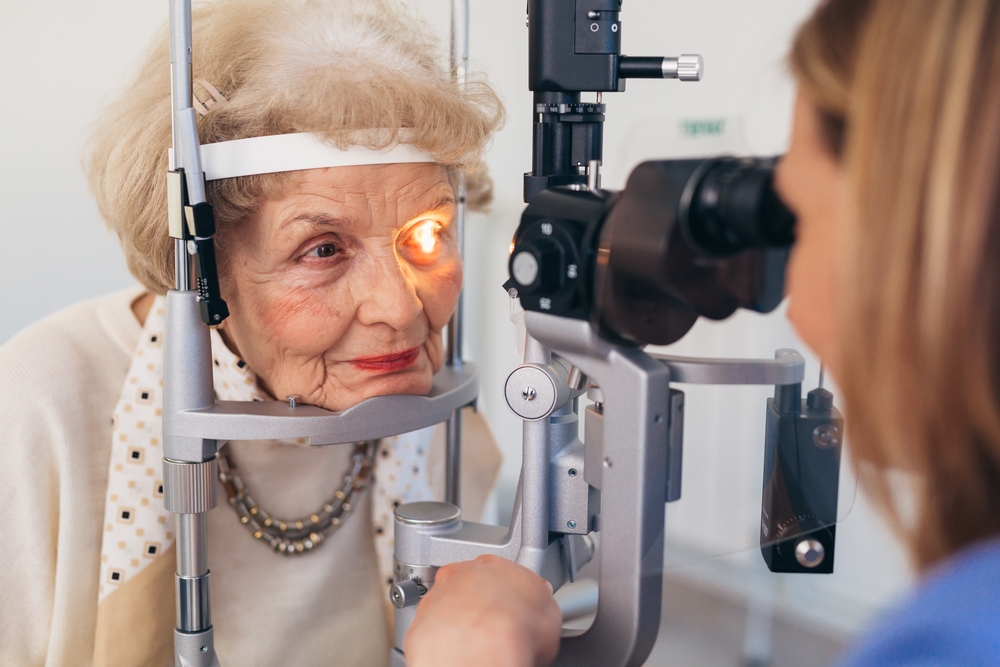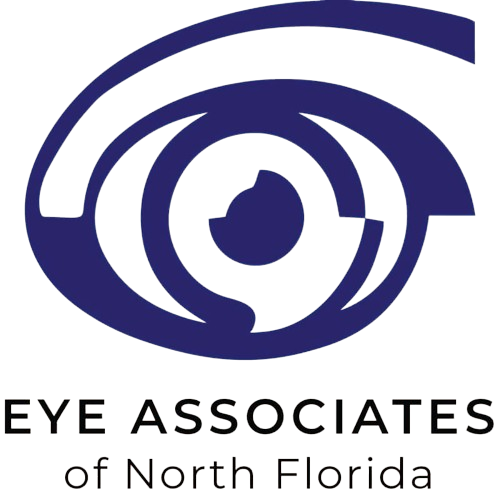Will I Know if I Have Glaucoma?

Glaucoma is one of the leading causes of blindness in adults over 60. It’s often called the “silent thief of sight” because it can lead to irreversible vision loss and often isn’t diagnosed until damage has already occurred.
There tend to be very few symptoms, if any, especially in the early stages, making it difficult to detect without a comprehensive eye exam. Fortunately, there are ways to ensure your glaucoma is diagnosed early and preserve your vision as much as possible.
Keep reading to learn more about whether you will know if you have glaucoma.

What is Glaucoma?
Glaucoma refers to a group of eye conditions that cause damage to the optic nerve. The optic nerve connects your eye to your nervous system, allowing your brain to receive visual information.
When the optic nerve is damaged, it cannot fully transmit what you see, resulting in vision loss. In most cases, this damage is caused by high eye pressure.
High intraocular pressure (IOP) occurs when the fluid in your eye cannot drain properly. This situation typically arises in two primary types of glaucoma:
Open-Angle Glaucoma
Open-angle glaucoma is the most common form. Most people who develop glaucoma have this type.
It occurs when the eye’s main drainage channel, the angle created by the space between the iris and cornea, remains open, but the smaller channels, called the trabecular meshwork, become clogged. This leads to a gradual rise in eye pressure.
It can take years for this condition to cause symptoms. However, once the pressure is high enough, it can strain the optic nerve and damage it permanently.
Angle-Closure Glaucoma
Angle-closure glaucoma occurs when the iris bulges, blocking the drainage channel between it and the cornea. This type is rare but can occur in some patients.
Eye pressure rises quickly with angle-closure glaucoma. If it occurs rapidly, it’s termed acute angle-closure glaucoma.
Because pressure rises quickly, optic nerve damage happens faster. Immediate treatment is necessary to alleviate the pressure and prevent damage.
What are the Symptoms of Glaucoma?
Open-angle glaucoma has very few early-stage symptoms. The earliest signs may include blurry spots in your peripheral vision, but many patients don’t experience any symptoms at all.
As the condition progresses, your peripheral vision darkens. Eventually, your vision begins to tunnel as it worsens and can result in total blindness.
Angle-closure glaucoma presents more apparent symptoms, such as blurry vision, severe eye pain, headache, nausea, and vomiting. If you experience these symptoms, seek emergency medical care.
For most patients with glaucoma, symptoms cannot be reversed. All vision lost to glaucoma is permanent.
How Do I Know If I’m At Risk for Glaucoma?
While anyone can get glaucoma, risk factors that increase your chance of developing the condition include:
- You are over 55
- You have diabetes
- You have high blood pressure
- You have had a previous eye injury
- You have thin corneas
- You are very farsighted or very nearsighted
- You are of African, Hispanic, or Asian descent
- You take corticosteroid medication
- You have a family history of glaucoma
If you’re at risk, the best way to ensure early diagnosis is through regular eye exams with your eye doctor at Eye Associates of North Florida. The higher your risk, the more frequently you should have your eyes examined.
How is Glaucoma Diagnosed?

Your doctor can identify signs of optic nerve damage before significant visual problems arise through a comprehensive eye exam. By dilating your pupils and using a slit lamp, your eye doctor can examine your optic nerve and other internal eye structures.
Optical Coherence Tomography (OCT), an imaging system that provides highly detailed pictures of the inside of your eye, may also be used.
They will also measure your eye pressure using a test called tonometry. If you have an elevated IOP, your eye doctor will check for optic nerve damage to see if glaucoma has developed.
In rare cases, glaucoma can occur with normal eye pressure. Because of this, even if your eye pressure is normal, your eye doctor will still look for signs of glaucoma and other eye conditions during your eye exam.
Regular eye exams allow your eye doctor to spot glaucoma as early as possible. The earlier the diagnosis, the more effective the treatment.
Is Glaucoma Treatable?
Glaucoma is treatable but cannot be cured. Damage to the optic nerve cannot be repaired, and any vision lost cannot be regained.
However, treatment can delay and even prevent further damage to the optic nerve, which is why early diagnosis is crucial to preserving your vision. There are several effective treatment options for glaucoma, depending on the severity of your condition and your unique needs.
At Eye Associates of North Florida, various treatments are available. If you are diagnosed with glaucoma, your doctor will create a custom treatment plan that may include:

Medication
Prescription eye drops are the primary treatment for glaucoma. These drops lower eye pressure but must be applied regularly to remain effective.
Laser Treatments
Eye Associates of North Florida offers Argon Laser Trabeculoplasty (ALT) and Selective Laser Trabeculoplasty (SLT) for glaucoma. Both treatments use a laser to help fluid drain better through your trabecular meshwork.
ALT is a more common treatment, while SLT is a newer, less invasive option suitable for patients with milder glaucoma.
Drainage Devices
These may be implanted in the eye to lower pressure by aiding fluid drainage. Tube shunts are typically used for patients with severe glaucoma.
For milder cases, a smaller device called an iStent may be used. This device functions like a shunt but is smaller and can be implanted during cataract surgery.
Do you want to learn more about preventing vision loss from glaucoma? Schedule an eye exam at Eye Associates of North Florida in Tallahassee, FL, today!







